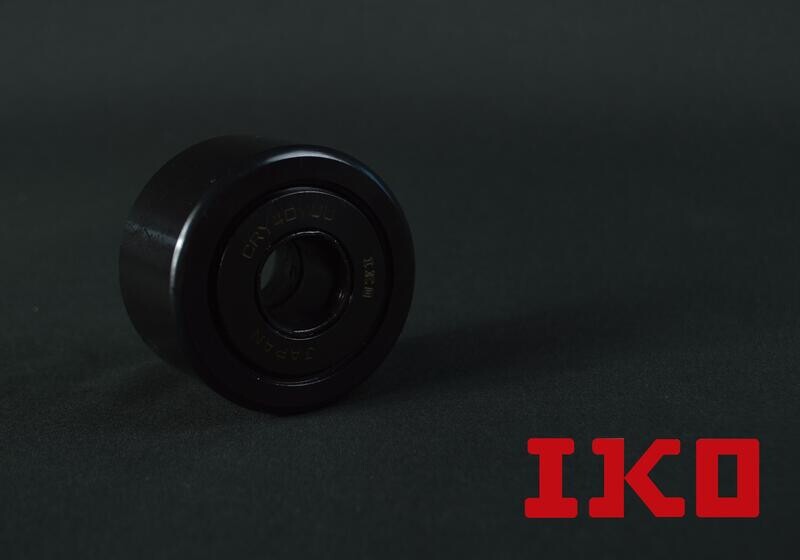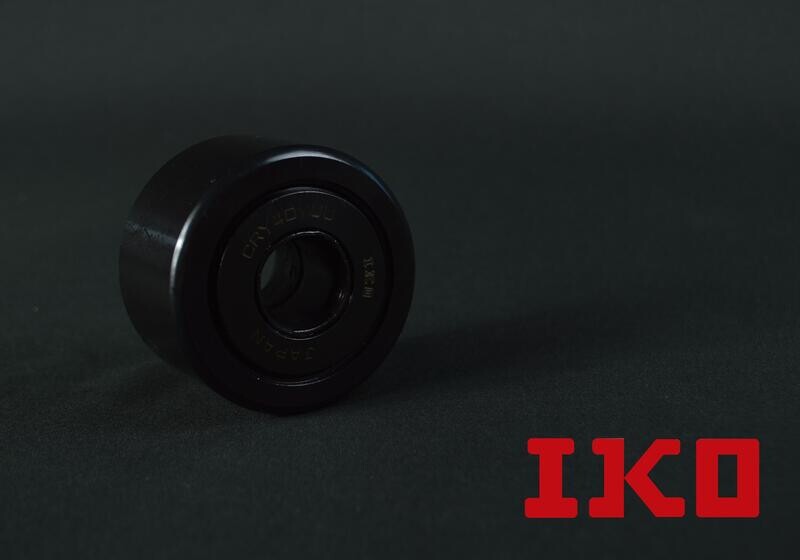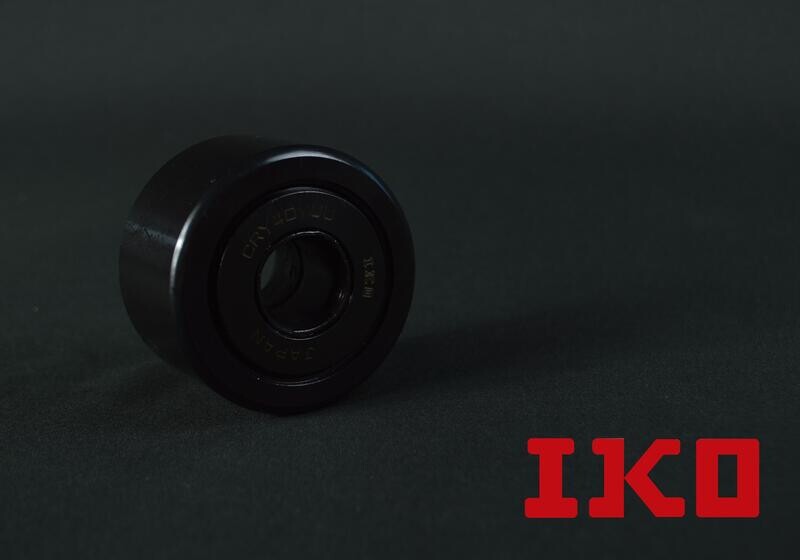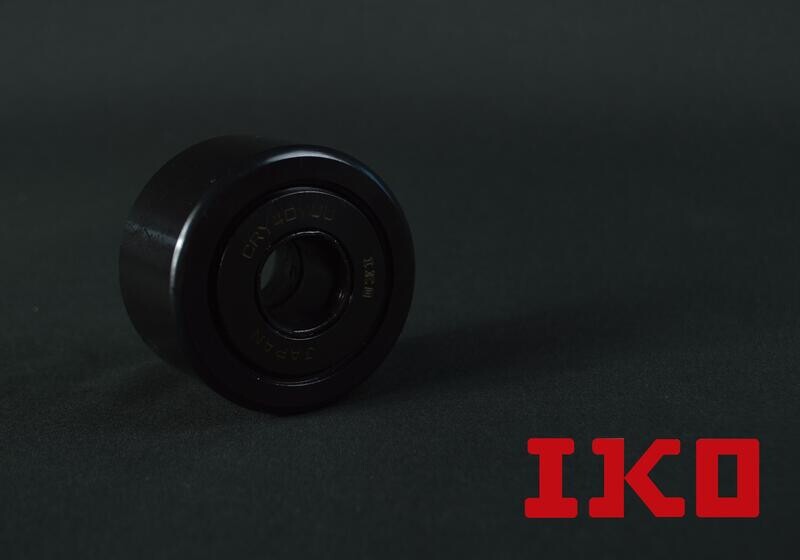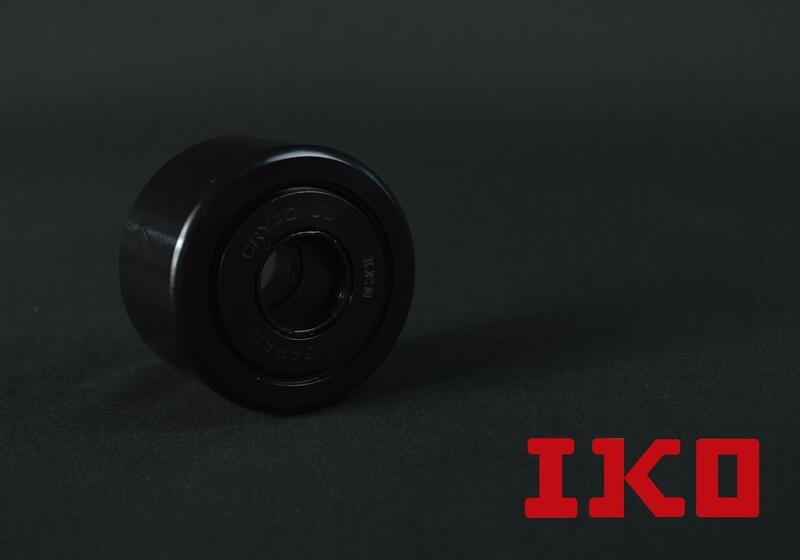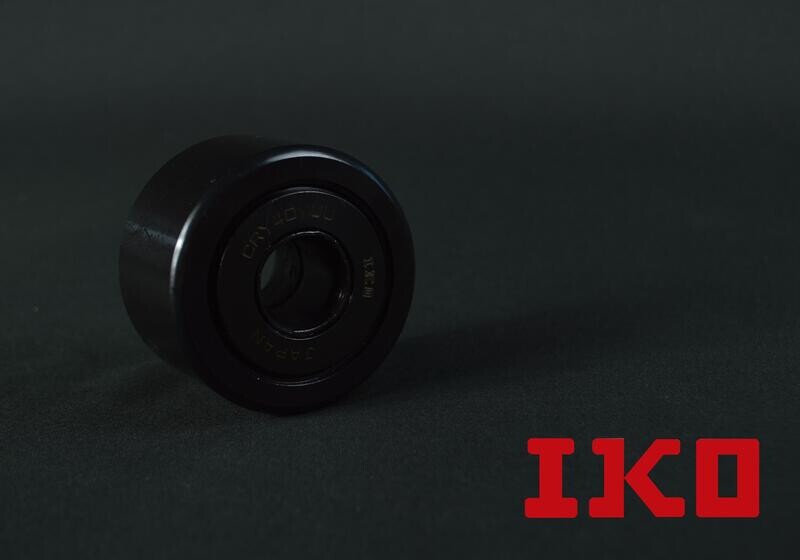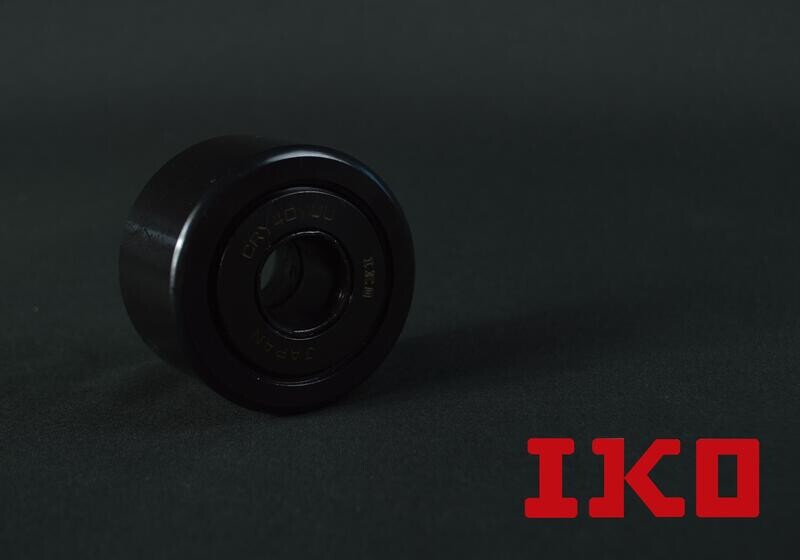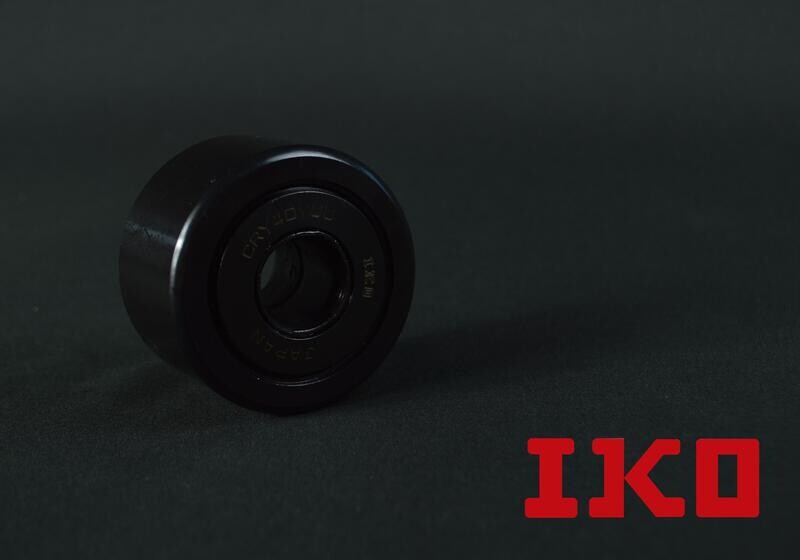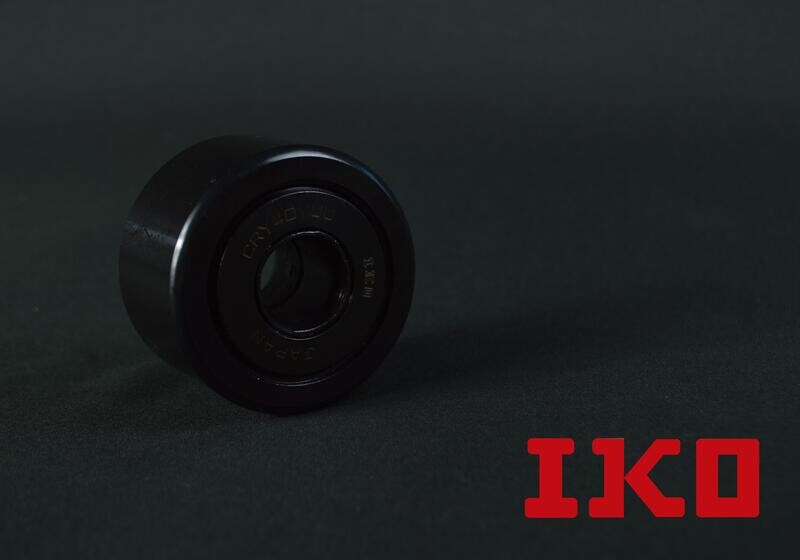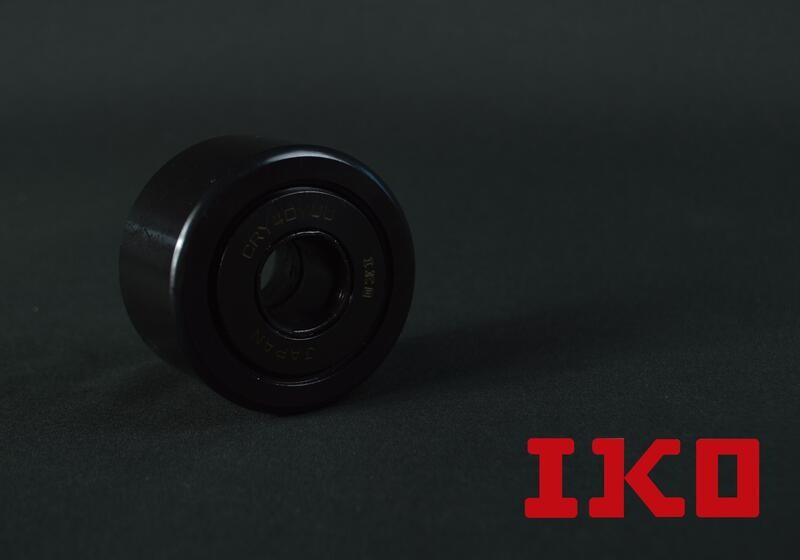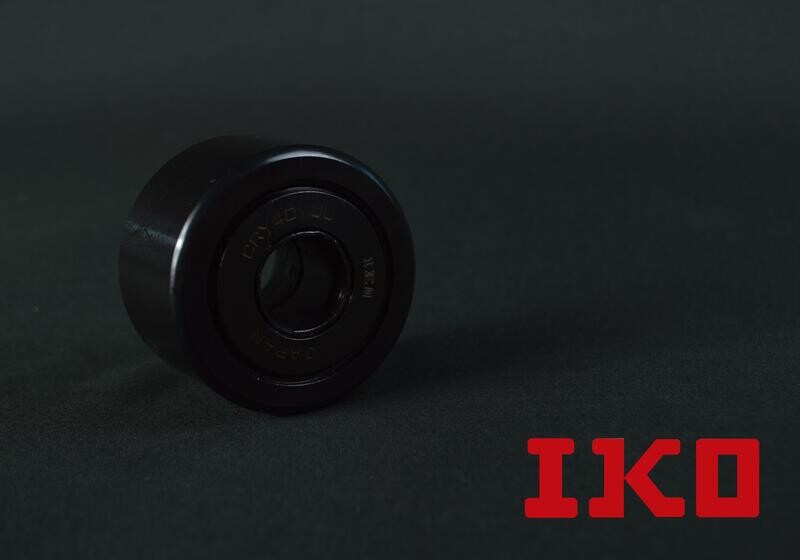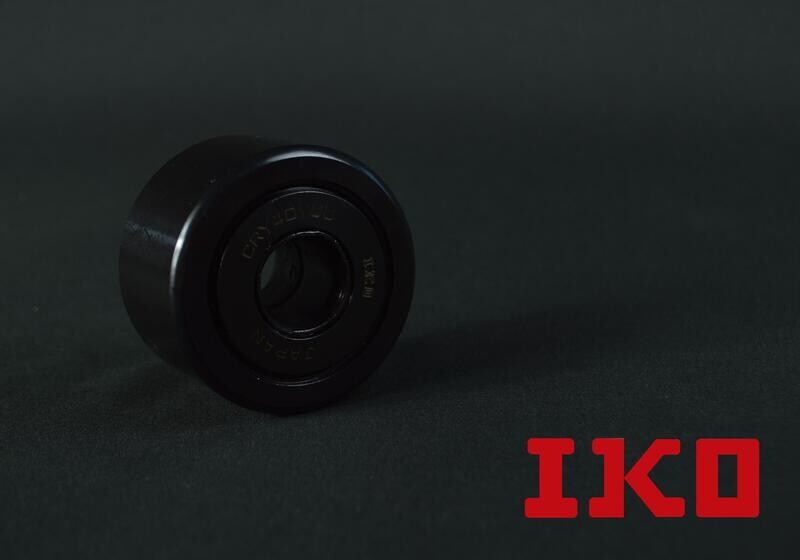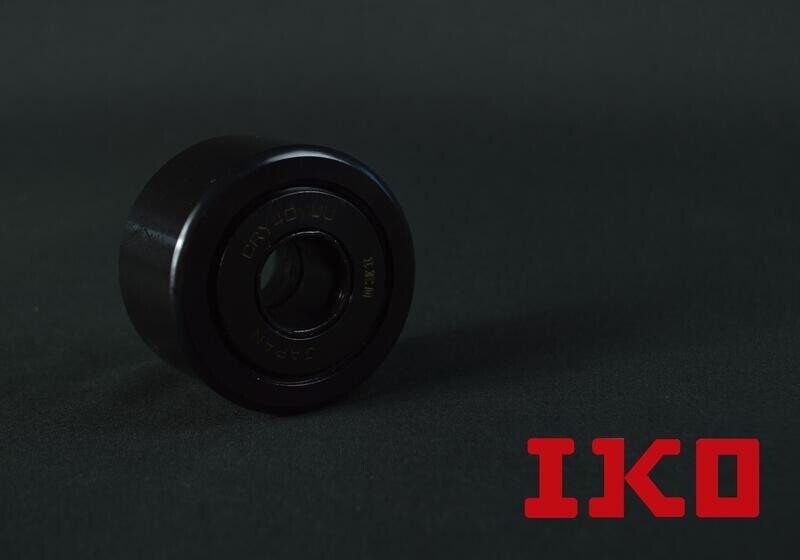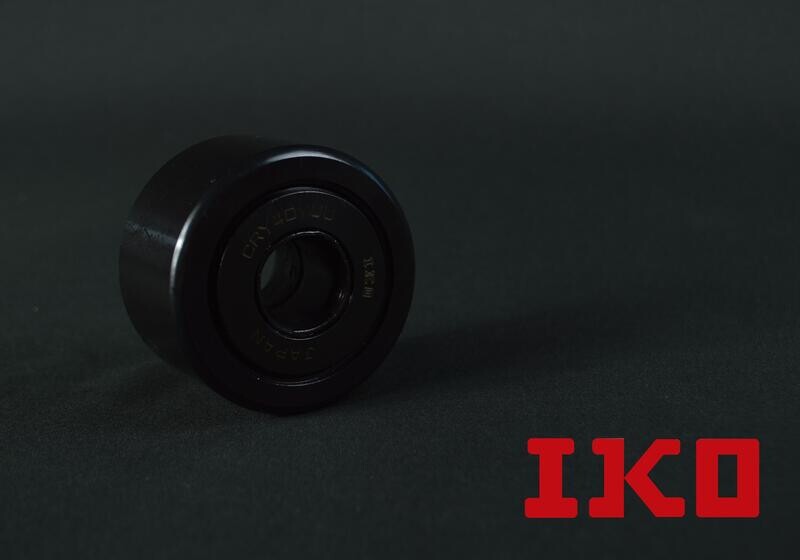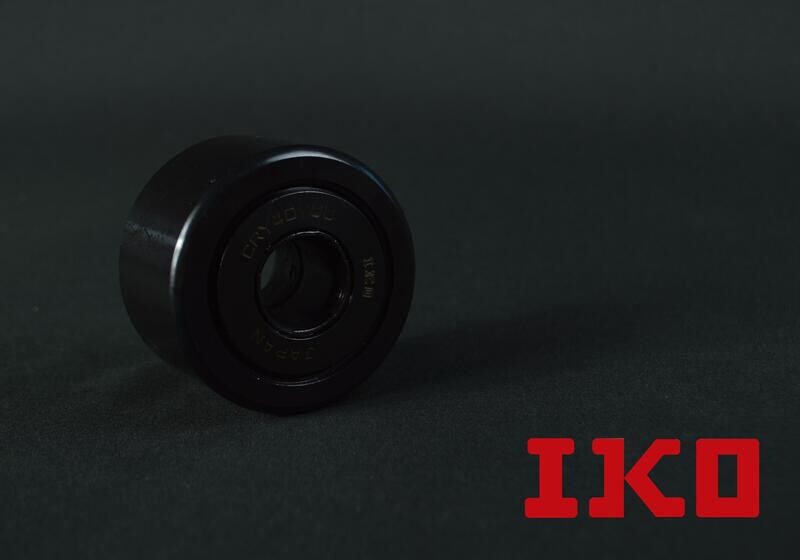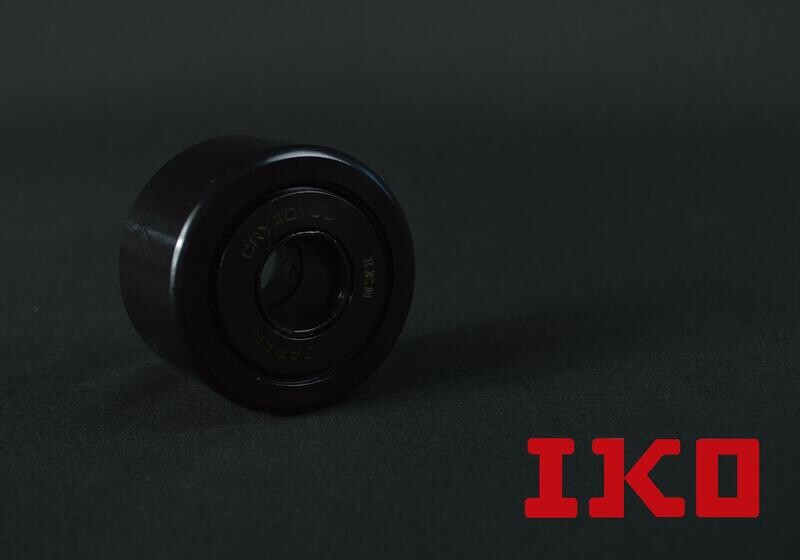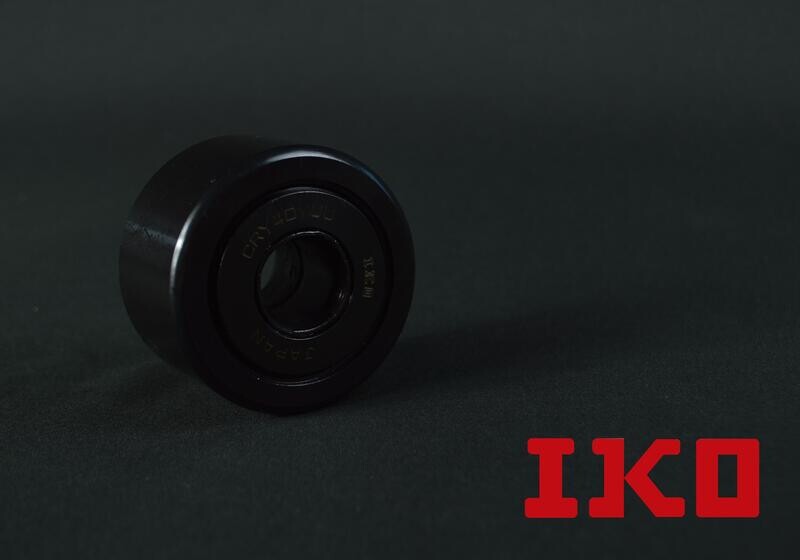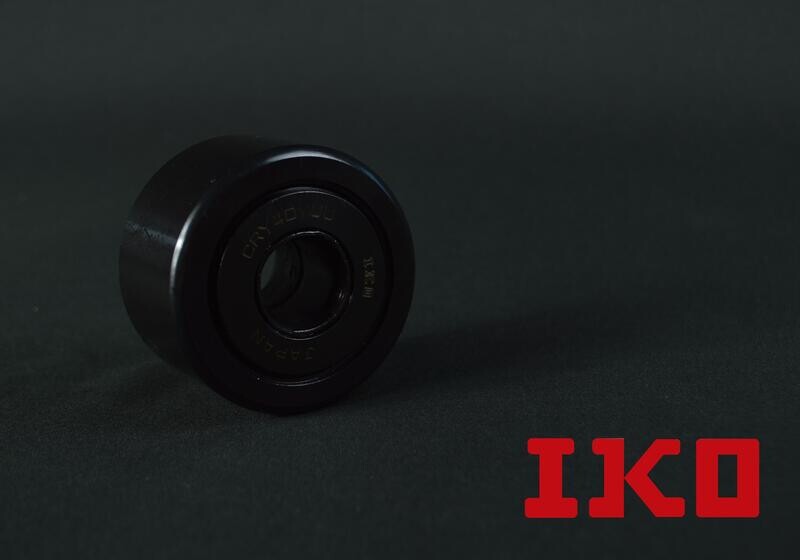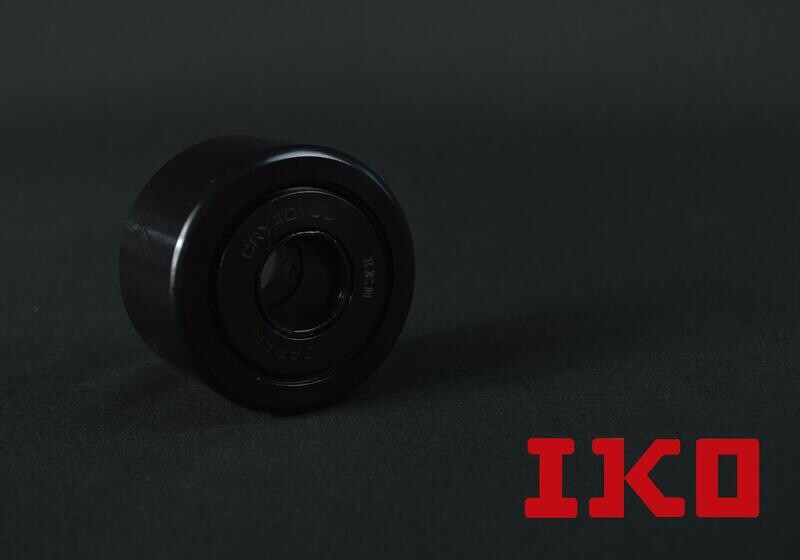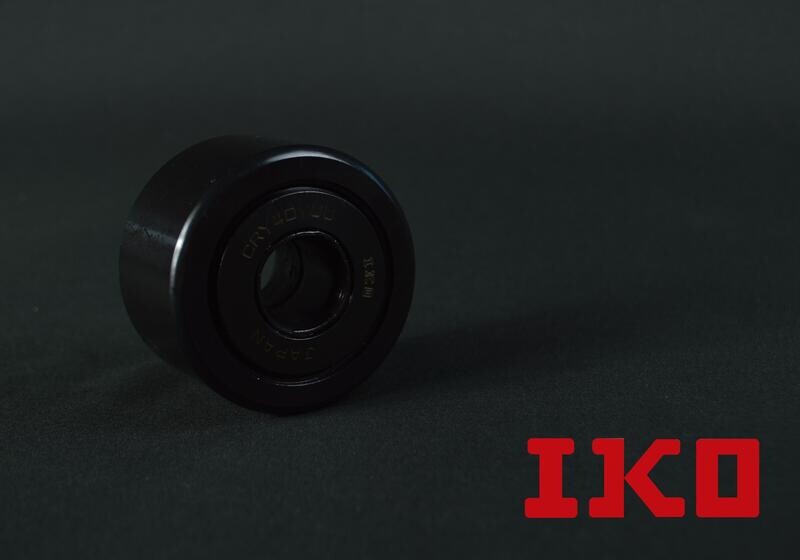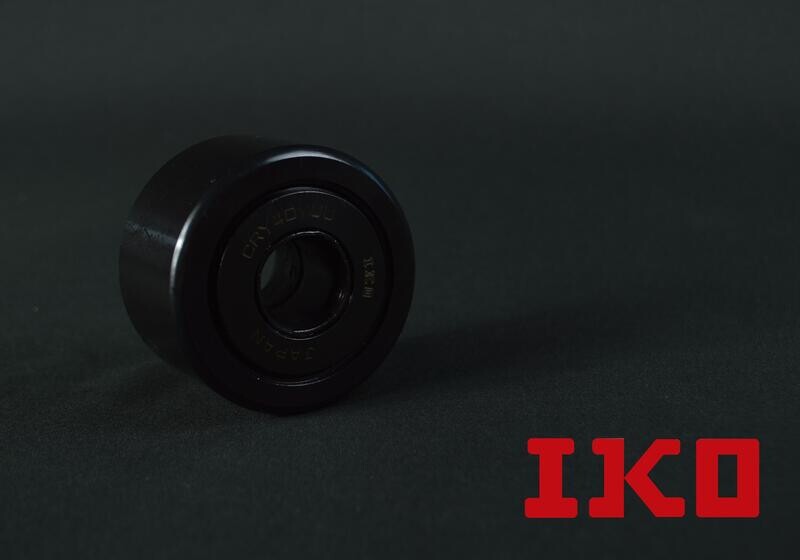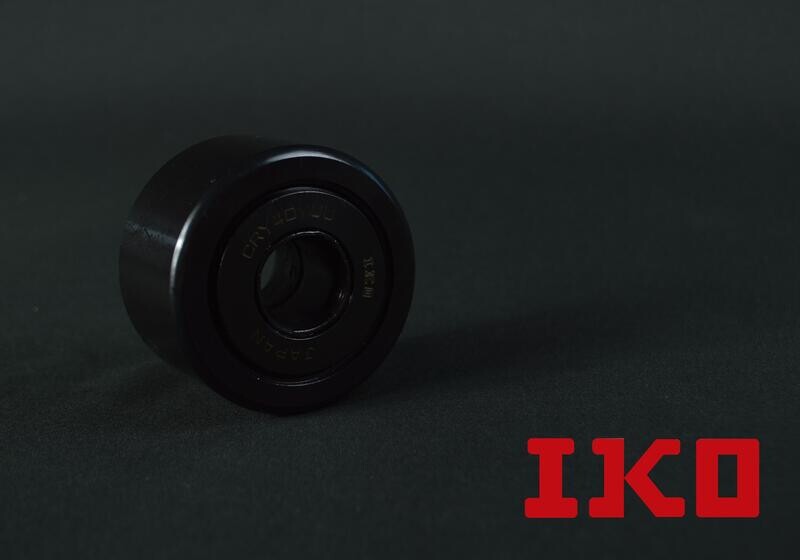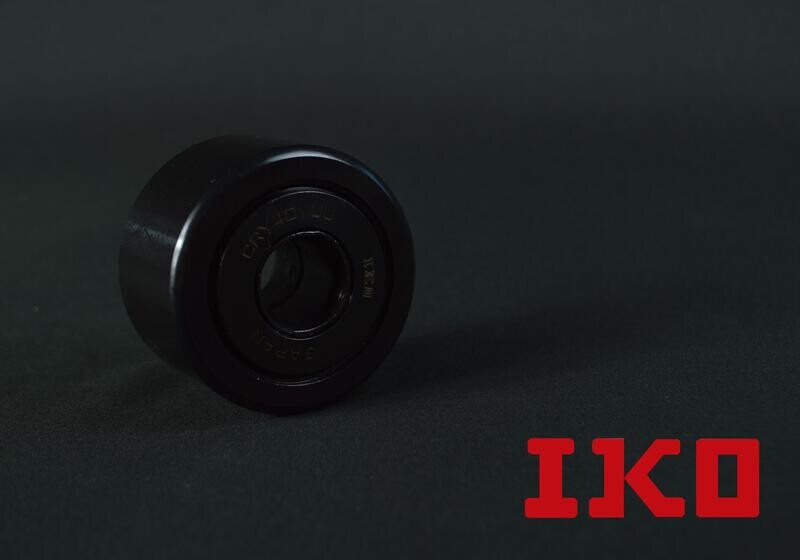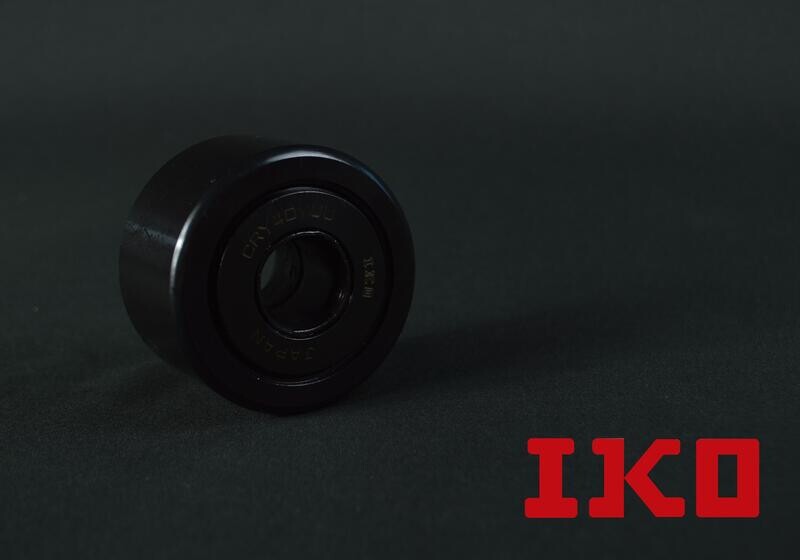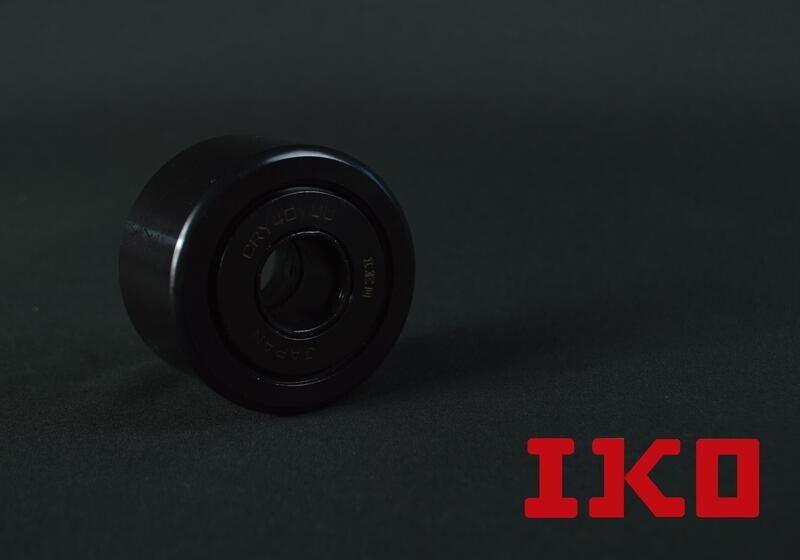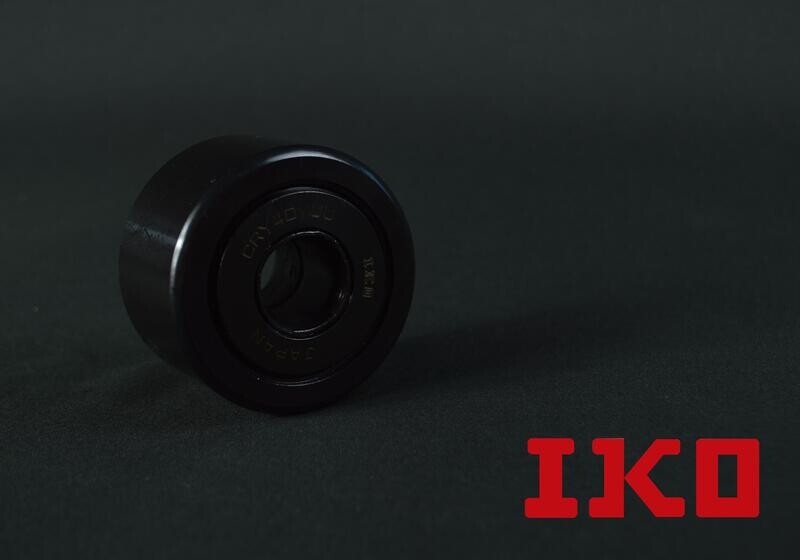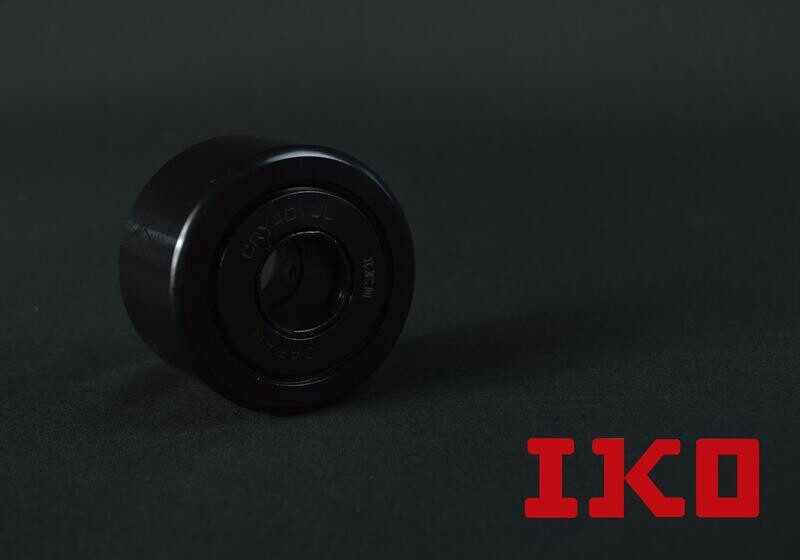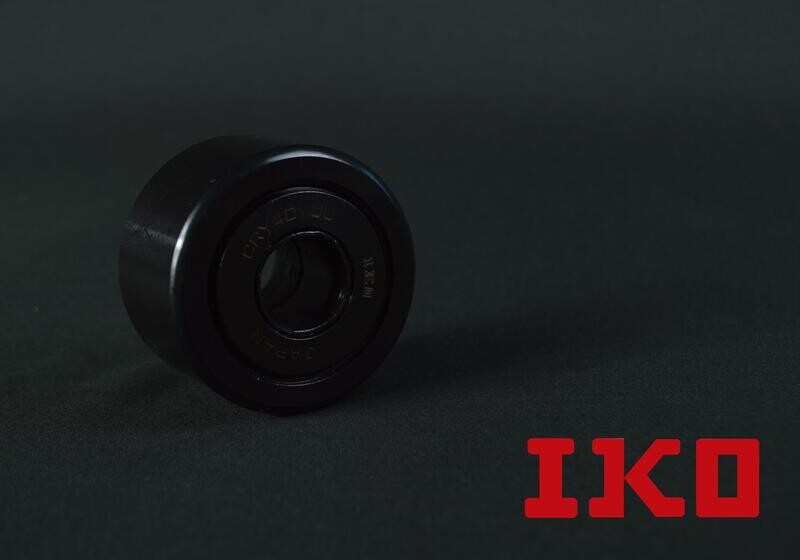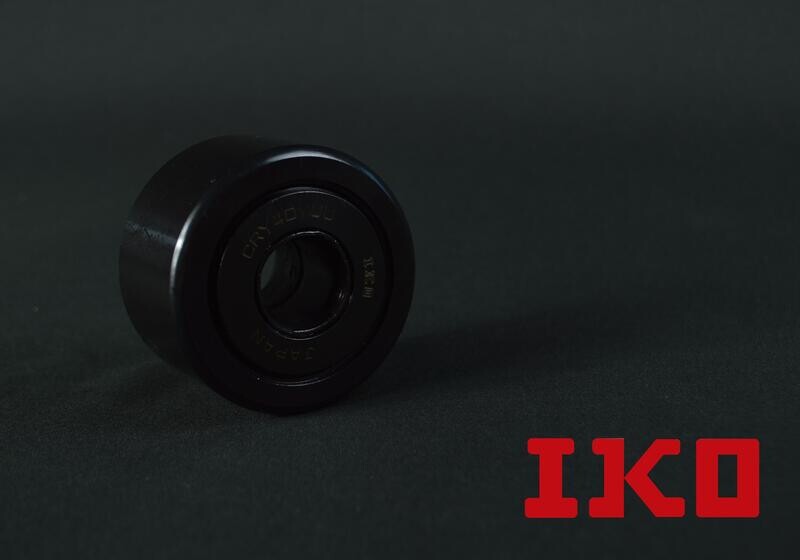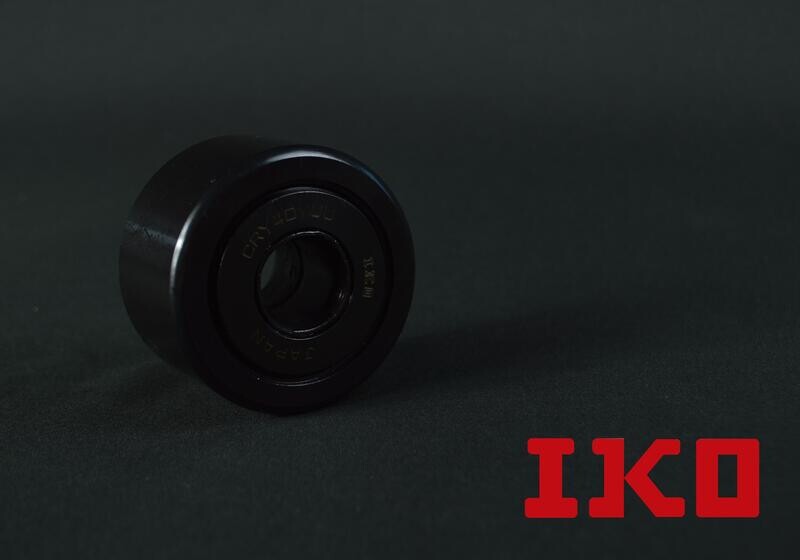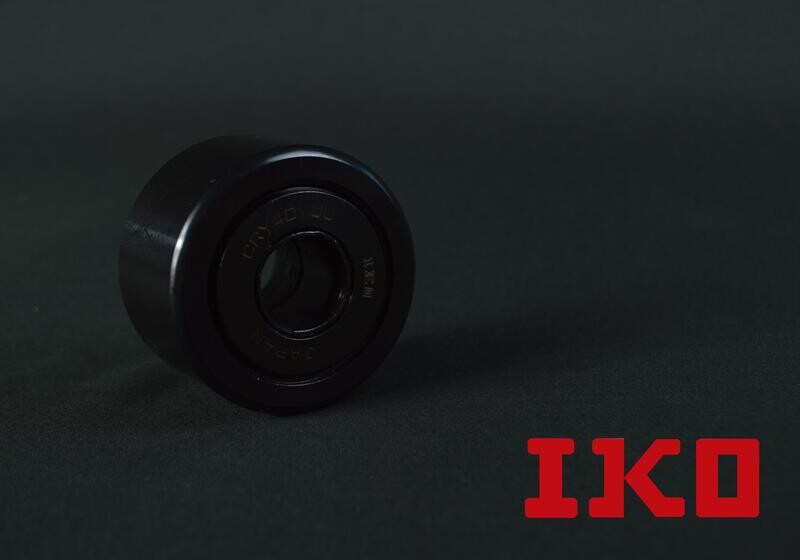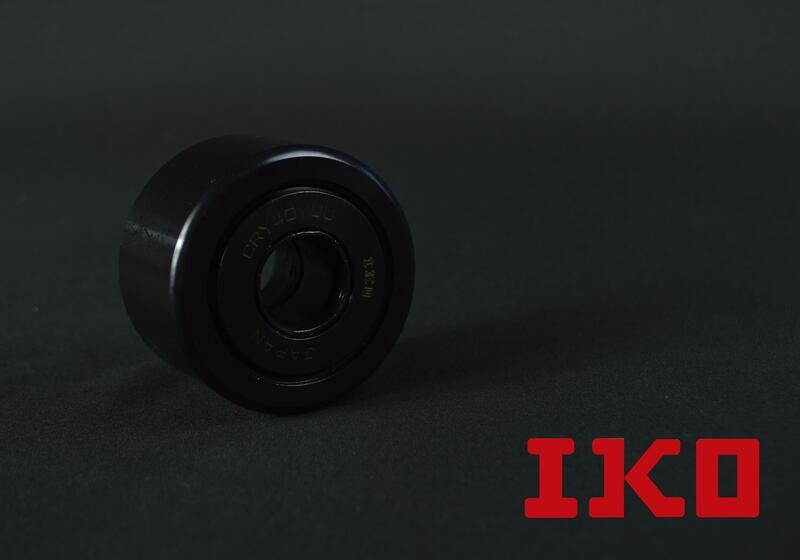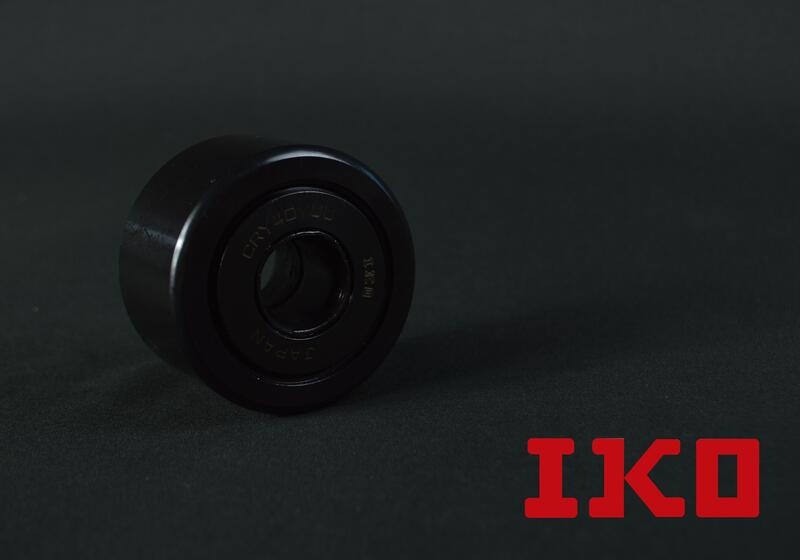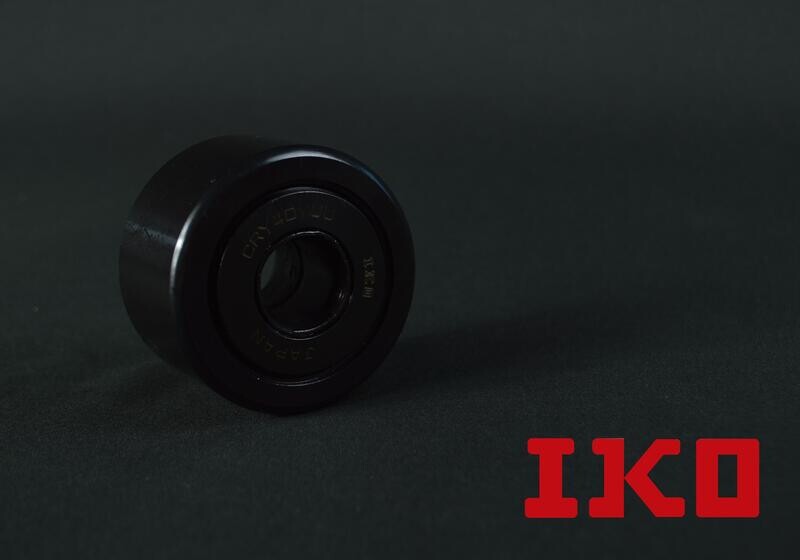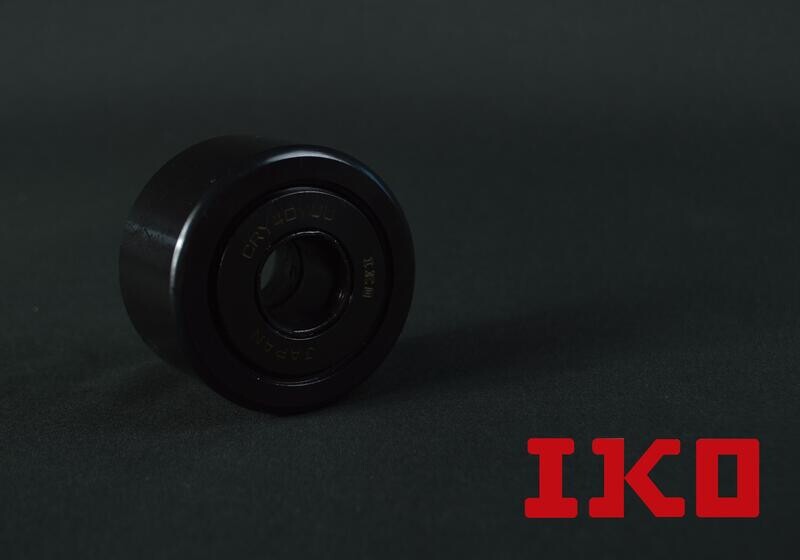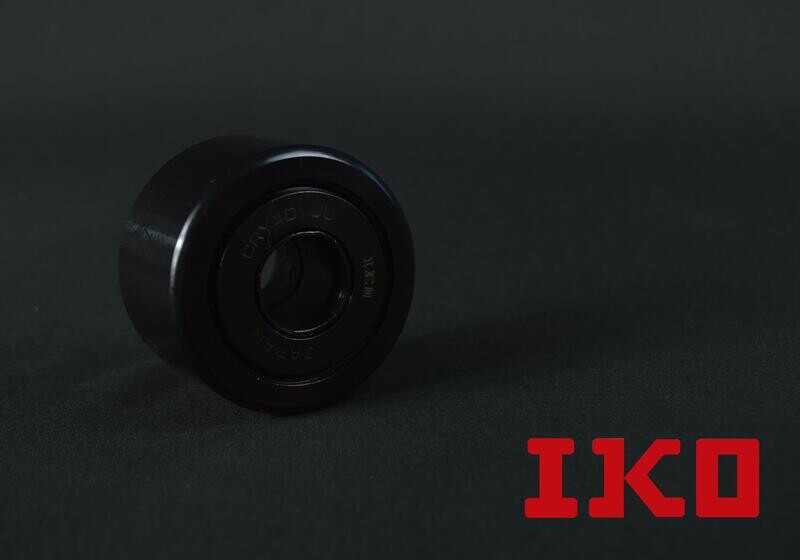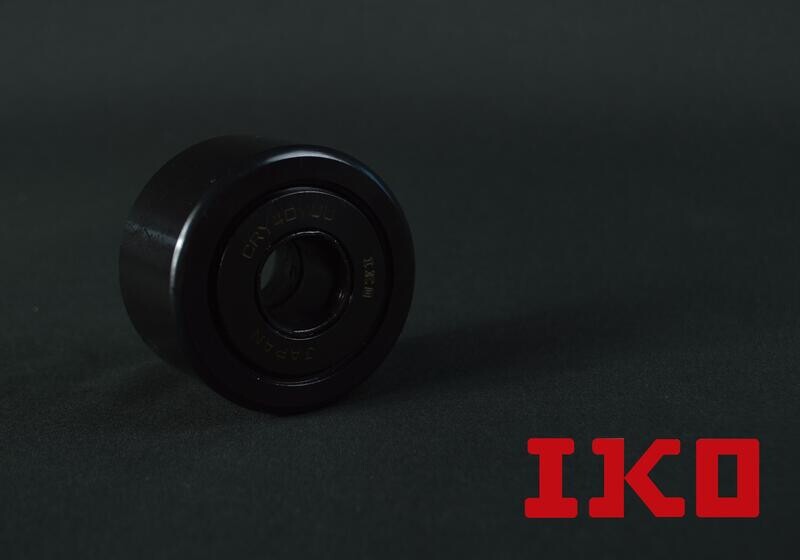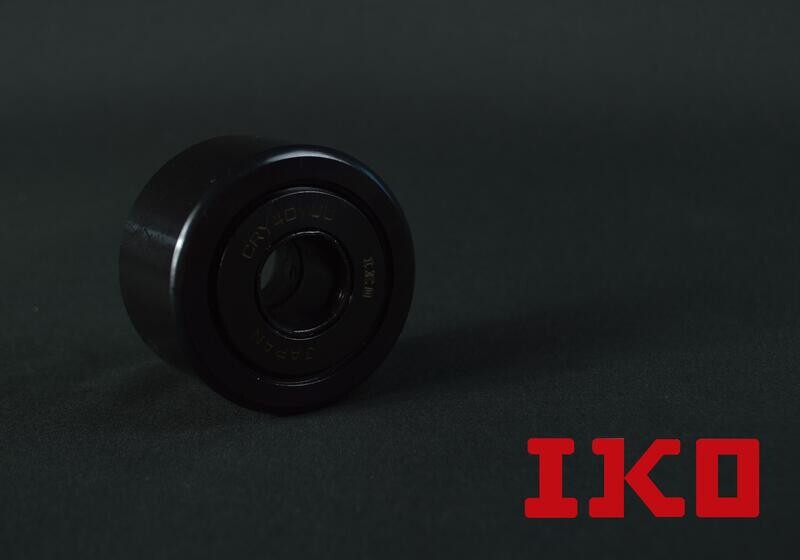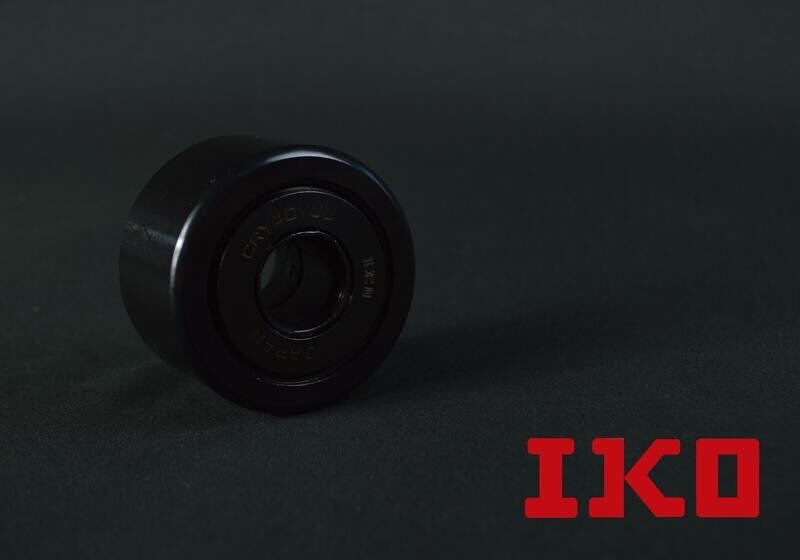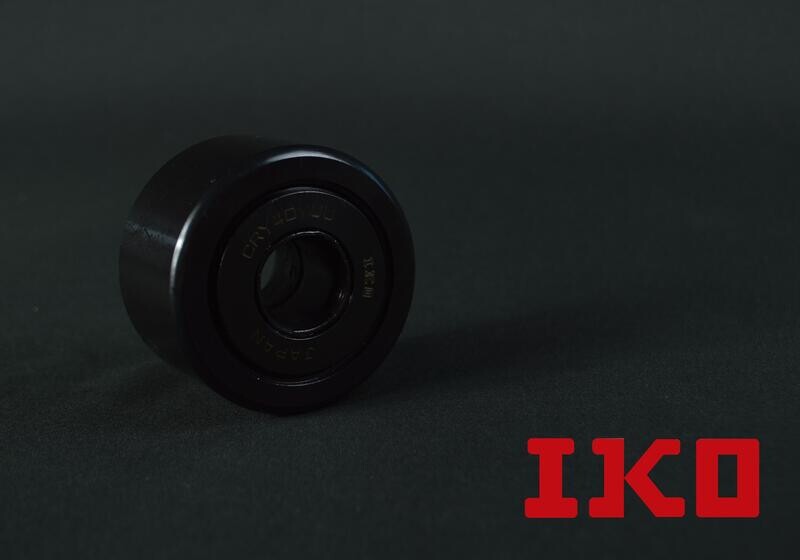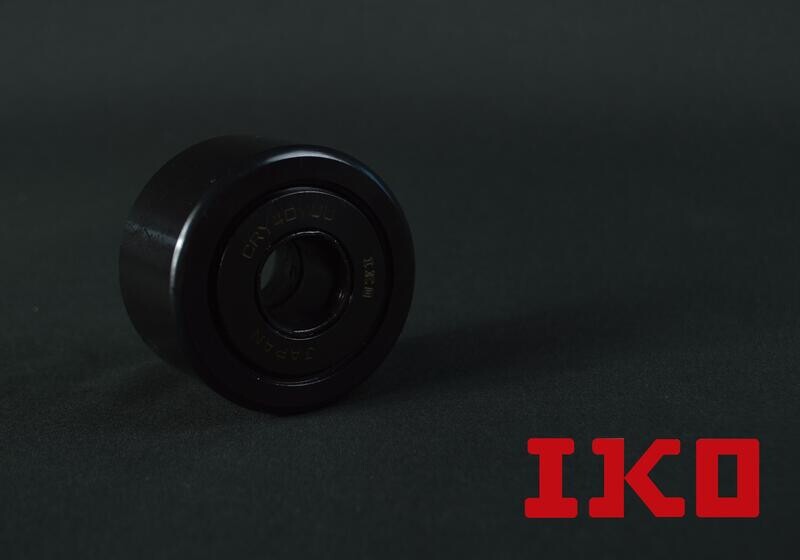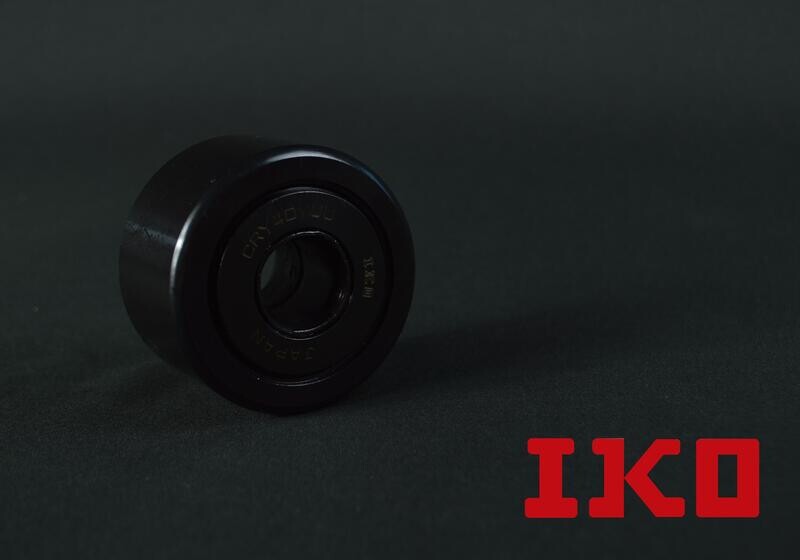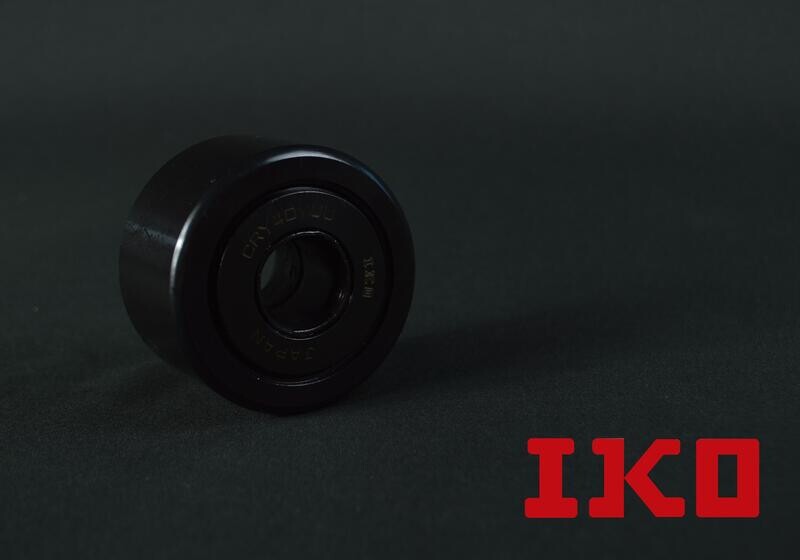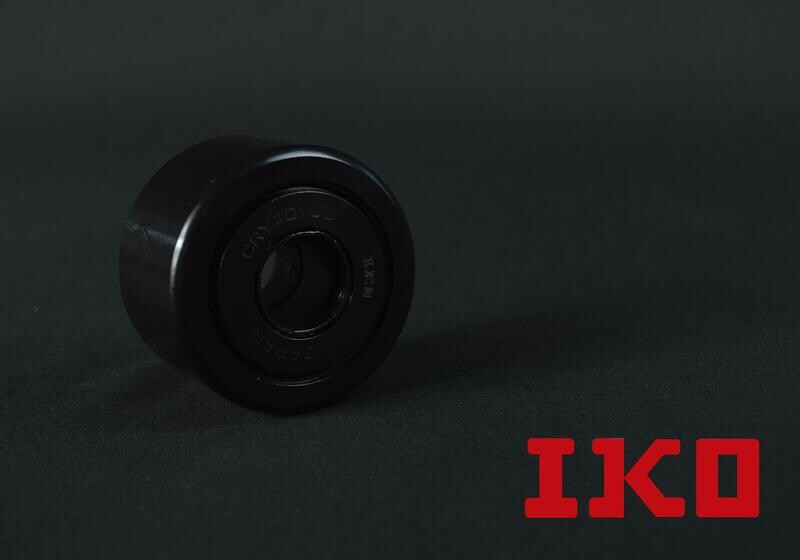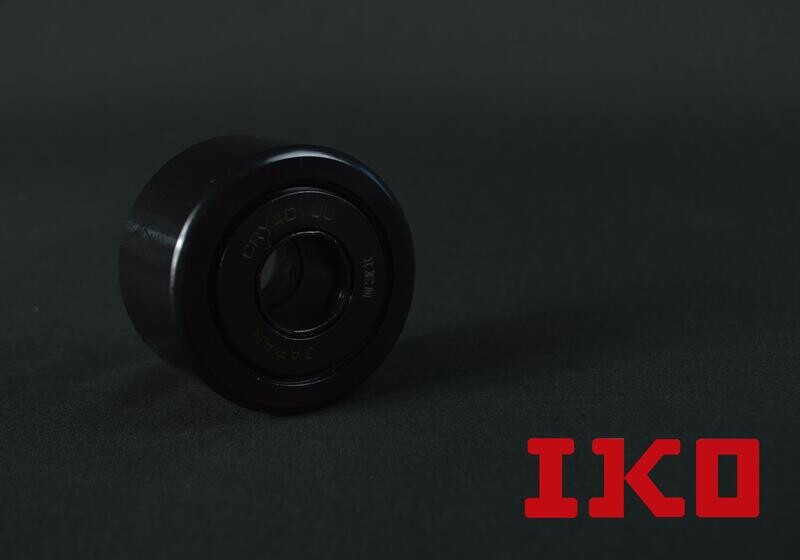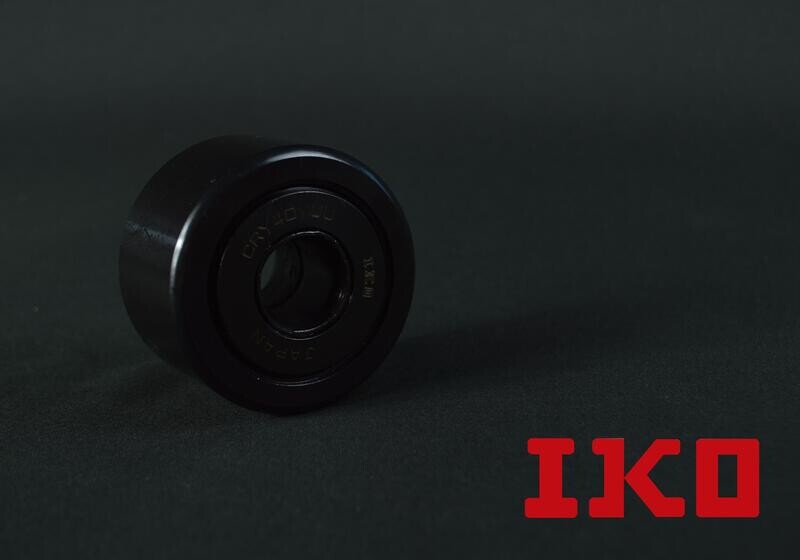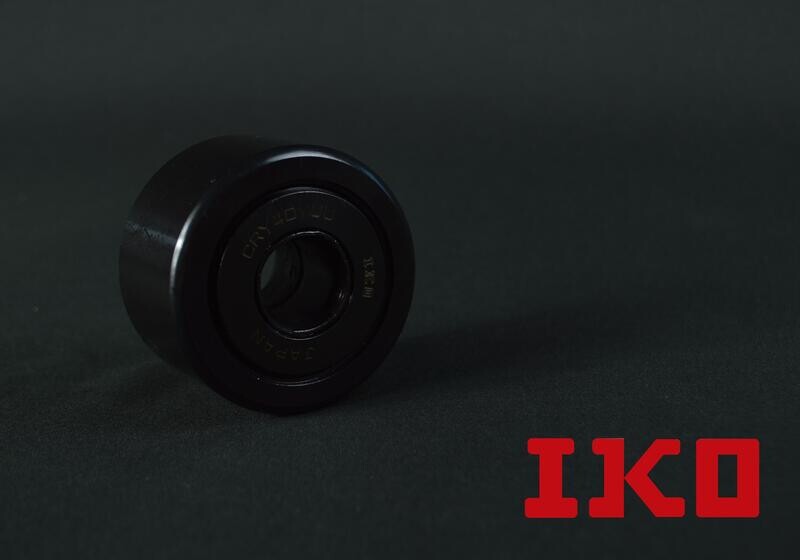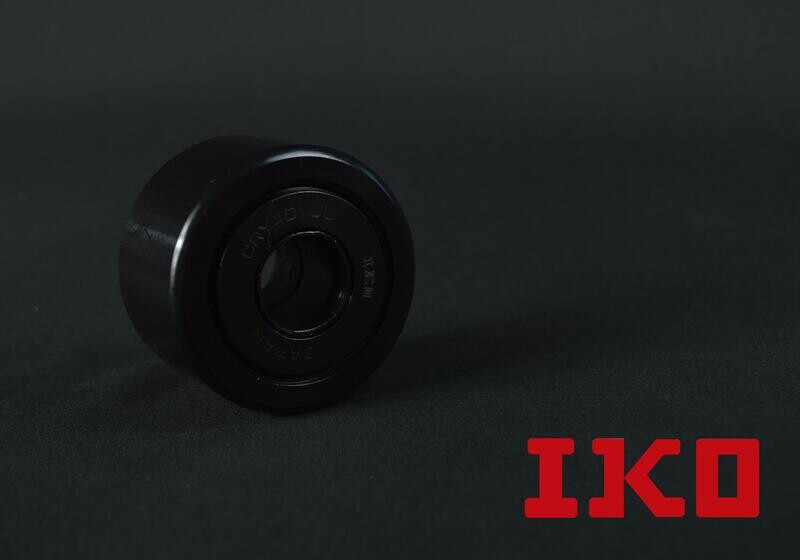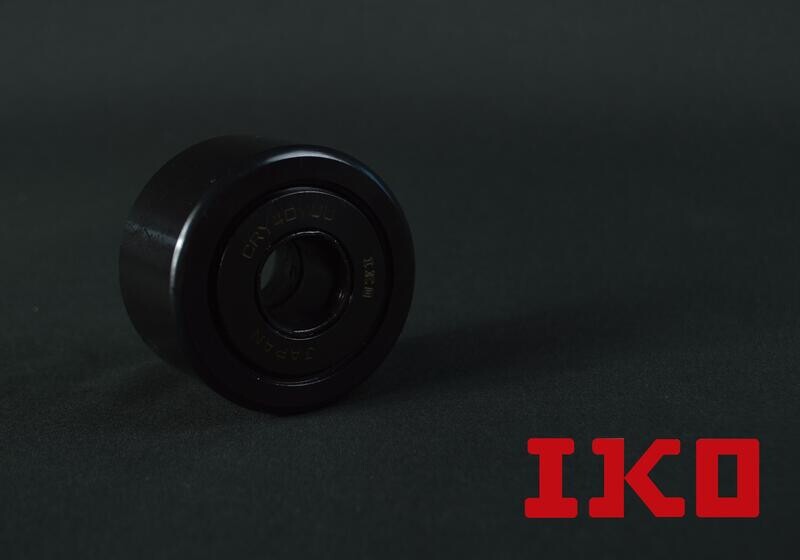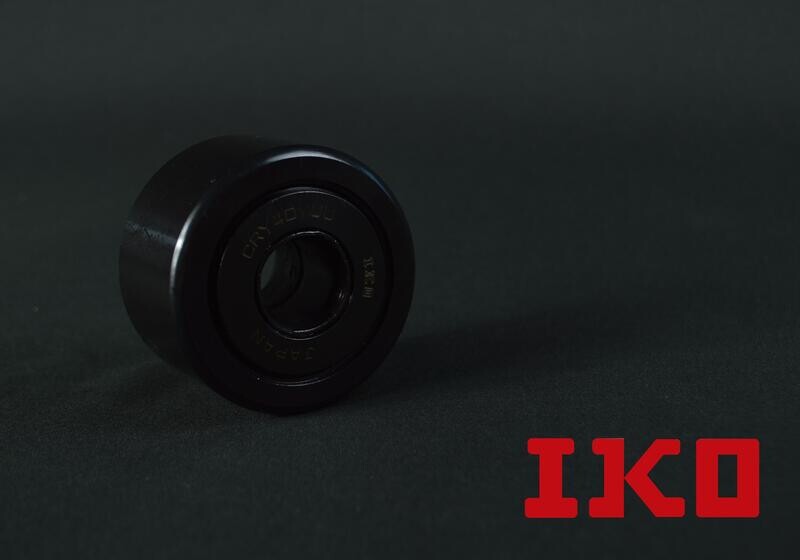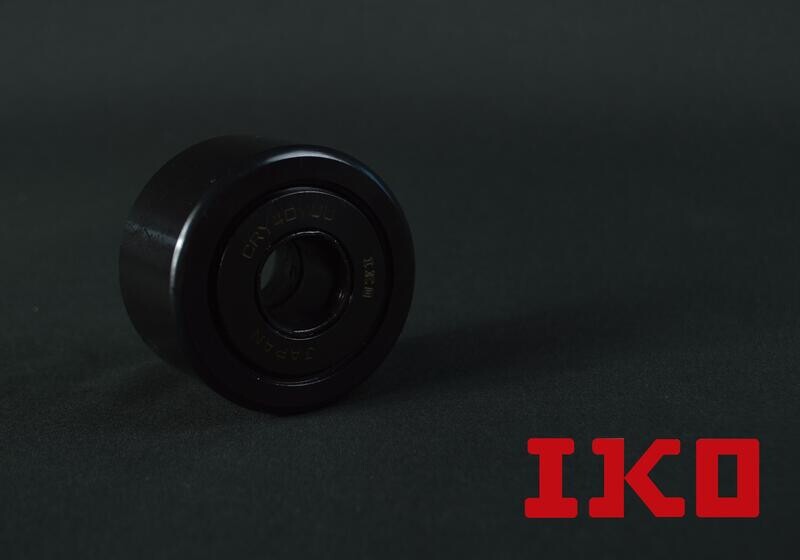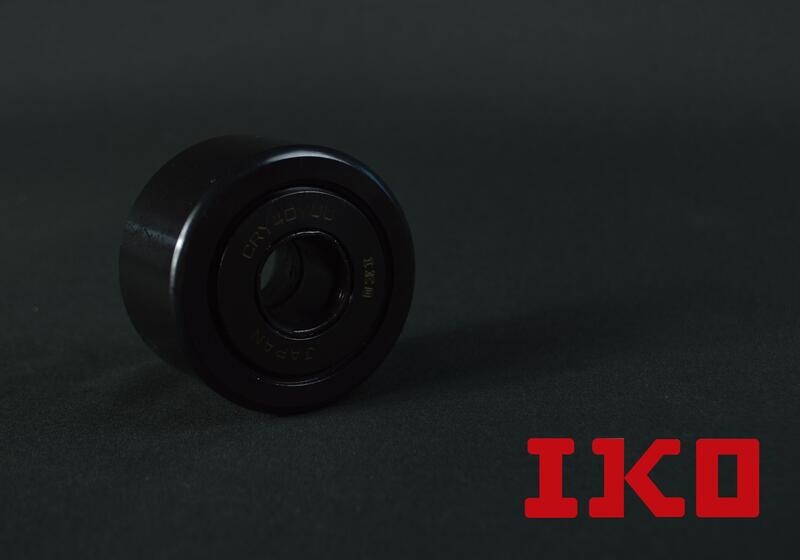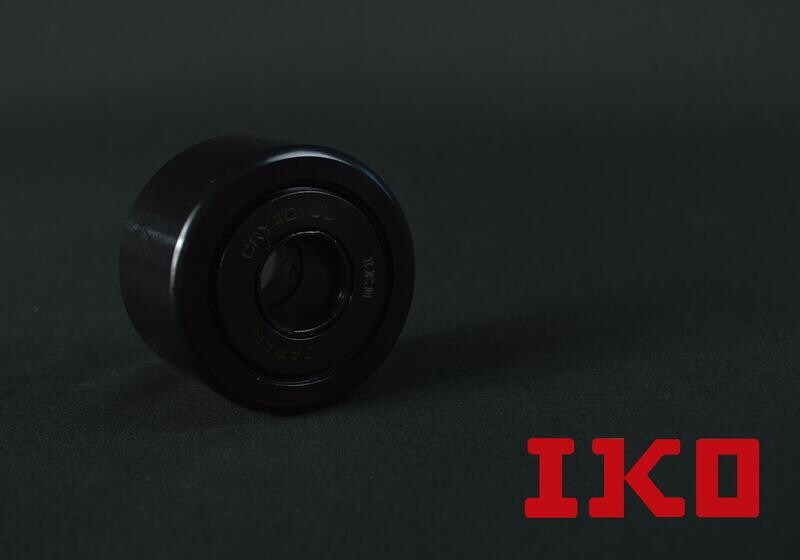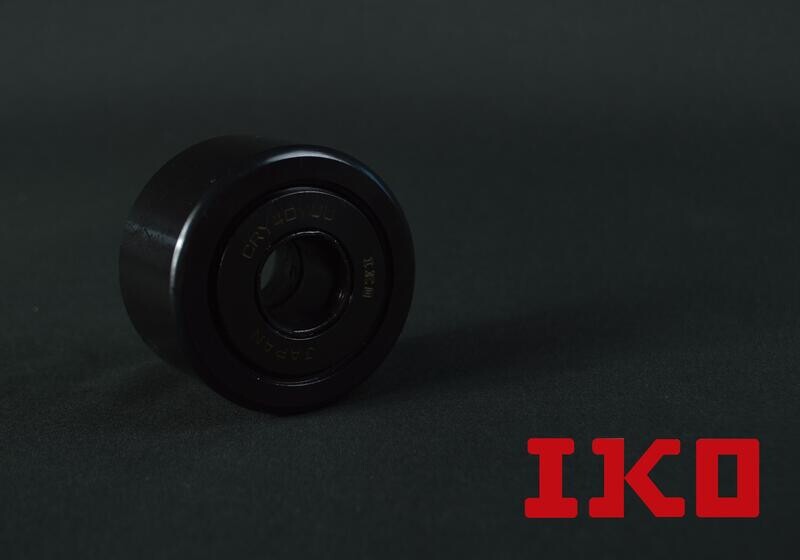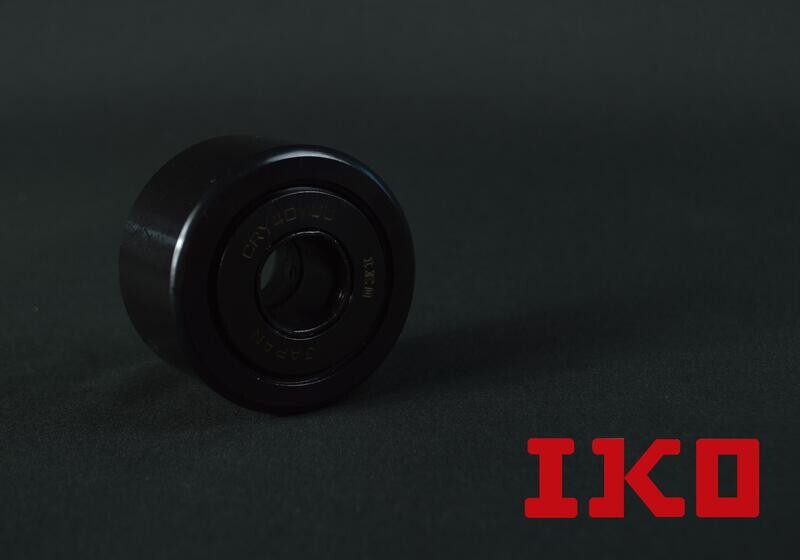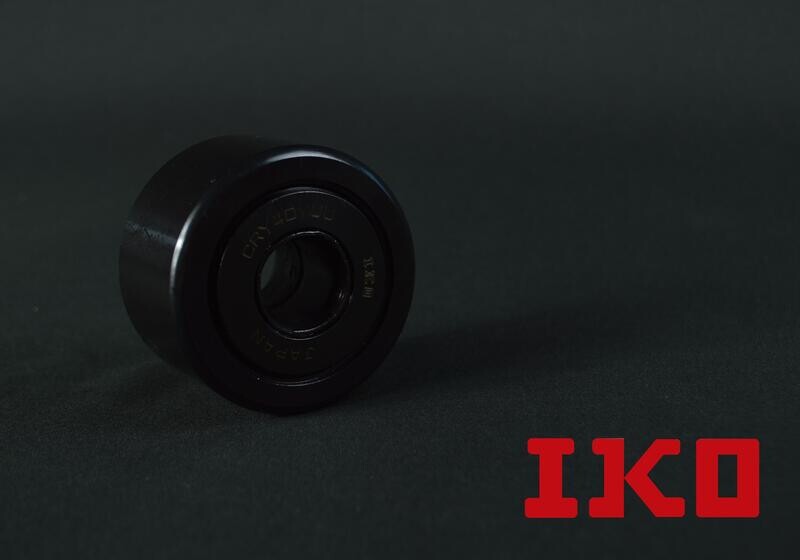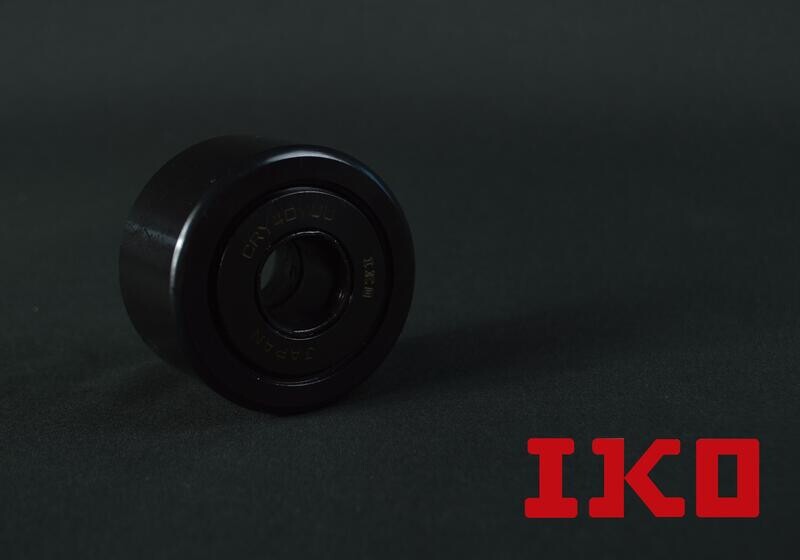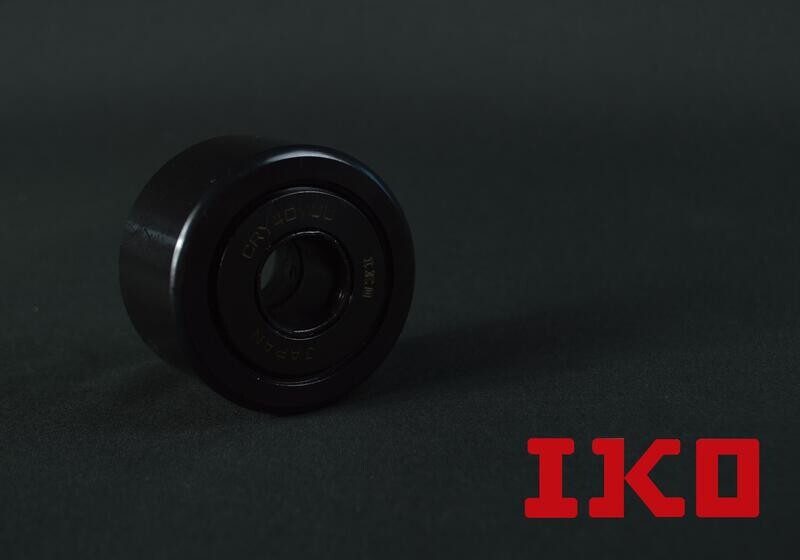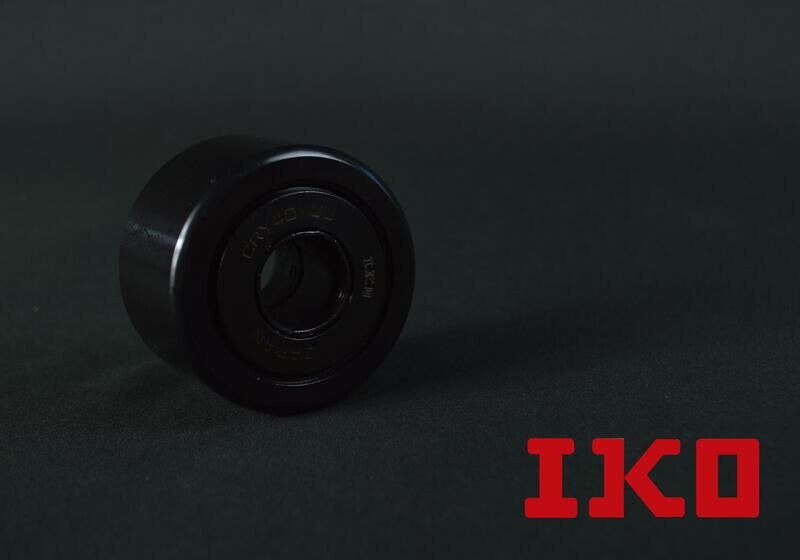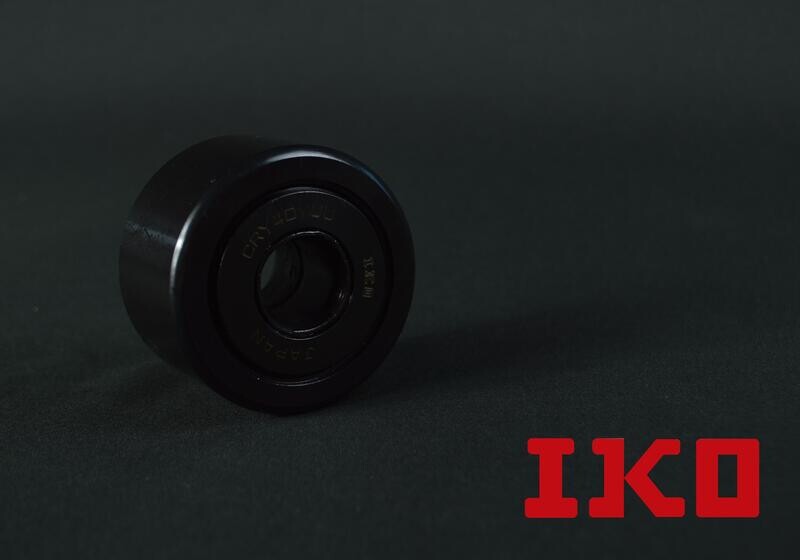IKO Roller Followers
Roller follower bearings, also known as track roller bearings or cam followers, are specialized types of bearings designed to operate in linear motion systems where there is a need for smooth and precise rolling motion along a track or rail. These bearings are commonly used in various industrial applications, such as conveyor systems, printing machines, packaging equipment, and automotive components.
A roller follower bearing typically consists of an outer ring, an inner ring, a set of rollers or needles, and a stud or shaft for mounting. The outer ring serves as the track or rail that the bearing follows, while the inner ring holds the rollers or needles in place. The rollers or needles, which are arranged in a cylindrical or needle-shaped configuration, rotate within the bearing to provide smooth and low-friction motion along the track.
One of the key features of roller follower bearings is their ability to handle high radial loads and axial loads, making them suitable for applications that require both radial and thrust forces to be supported. The rollers or needles distribute the load evenly across the bearing, reducing stress on individual components and ensuring long-lasting performance. Additionally, roller follower bearings are designed to operate at low speeds, allowing for precise and controlled motion in linear motion systems.
Roller follower bearings are available in various designs, including stud-type and yoke-type configurations, to suit different mounting requirements. Stud-type roller follower bearings have a stud or shaft attached to the bearing, which can be bolted or threaded onto a machine component, while yoke-type roller follower bearings have a yoke or bracket for mounting. Both types of roller follower bearings are typically made of high-quality materials, such as hardened steel, to provide durability and reliability in demanding operating conditions.
In summary, roller follower bearings are specialized bearings used in linear motion systems to provide smooth and precise rolling motion along a track or rail. They are capable of handling high radial and axial loads, operate at low speeds, and are available in different designs for various mounting requirements. With their robust construction and reliable performance, roller follower bearings are essential components in many industrial applications where accurate and reliable motion control is critical.
There are several benefits to using roller follower bearings in various industrial applications:
- High Load Capacity: Roller follower bearings are designed to handle high radial loads and axial loads, making them suitable for applications that require support for heavy loads. The rollers or needles in the bearing distribute the load evenly across the bearing, reducing stress on individual components and allowing for efficient load carrying capacity.
- Precise Motion Control: Roller follower bearings provide smooth and precise rolling motion along a track or rail, allowing for accurate and controlled linear motion. This makes them ideal for applications that require precise positioning, such as in printing machines, packaging equipment, and CNC machines.
- Low Friction: Roller follower bearings are designed to operate with low friction, which reduces energy consumption and heat generation, leading to improved efficiency and longer bearing life. The low-friction characteristics of roller follower bearings also result in smooth and quiet operation, enhancing the performance and user experience of the machinery or equipment.
- Robust Construction: Roller follower bearings are typically made of high-quality materials, such as hardened steel, which provides durability and reliability in demanding operating conditions. They are designed to withstand heavy loads, shock, and vibration, making them suitable for rugged industrial environments.
- Versatility: Roller follower bearings are available in various designs, sizes, and configurations, allowing for flexibility in design and application. Stud-type and yoke-type roller follower bearings offer different mounting options to suit different requirements, making them adaptable to a wide range of linear motion systems.
- Maintenance Friendly: Roller follower bearings are relatively easy to install and maintain. They typically do not require frequent lubrication, and their design allows for easy replacement if needed, reducing downtime and maintenance costs.
- Cost-effective: Considering their high load capacity, precise motion control, durability, and versatility, roller follower bearings offer a cost-effective solution for linear motion applications compared to other types of bearings or motion control components.
In summary, roller follower bearings offer several benefits, including high load capacity, precise motion control, low friction, robust construction, versatility, ease of maintenance, and cost-effectiveness. These advantages make roller follower bearings a popular choice in many industrial applications where reliable and efficient linear motion is required.
